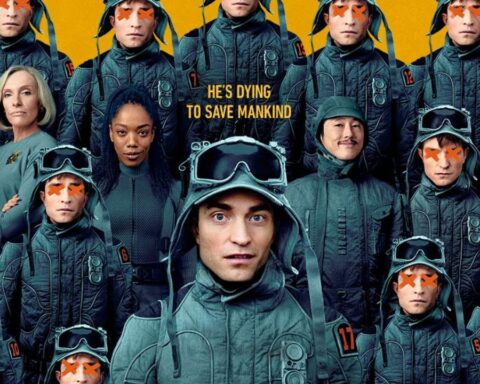Directed by Todd Philips, 2019’s Joker — led by Joaquin Phoenix — gripped us with its dark, psychological exploration of an iconic villain. Garnering rave reviews and racking up $1.079 billion at the box office, Phoenix’s performance even won him an Academy Award for Best Actor. With the global release of a “musical” sequel, Joker: Folie à Deux, starring Lady Gaga as Harley Quinn remains distinct from other DC adaptations, such as Matt Reeves’ The Batman and the James Gunn-helmed DC Universe slate.
But is the award-winning Joker technically an adaptation? After all, part of the character’s intrigue was not knowing his true origins. What’s more, the way Folie à Deux plays out further reinforces the idea that Phillips was happy to use the brand “Joker,” but hellbent on doing his own thing with it.
This got me thinking about the faithfulness of movie adaptations to their source material and whether strict adherence to the original story is crucial for the adaptation’s success. Why do some adaptations transcend their source material while others become cautionary tales? How important is loyalty to the original work? Is the filmmaker’s creative vision the factor that makes an adaptation stand out?
Ubiquity of Adaptations Throughout Pop Culture
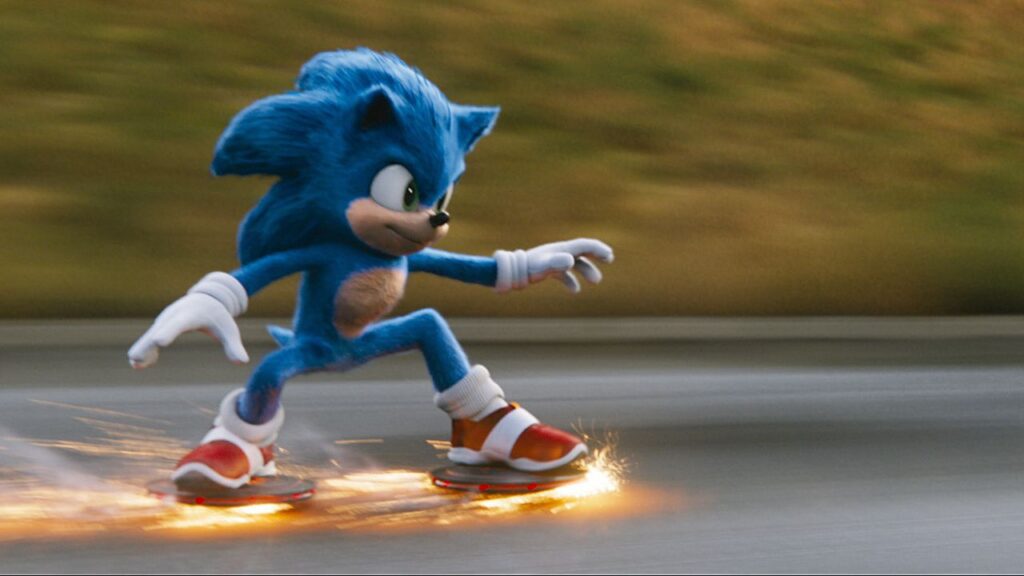
Cinematic adaptations of established fictions are not a new phenomenon. In fact, they have been a mainstay in pop culture for decades. The James Bond film franchise, for example, adapts Ian Fleming’s original novels. Similarly, more recent examples include the Sonic the Hedgehog movies, which are influenced by the Sonic video game series released in the 1990s.
While many adaptations follow their source material closely, Joker remains a rare case. Despite existing within the Batman universe, the film draws more inspiration from other movies, such as Taxi Driver and The King of Comedy, than from its comic book roots.
Adaptations That Missed The Mark
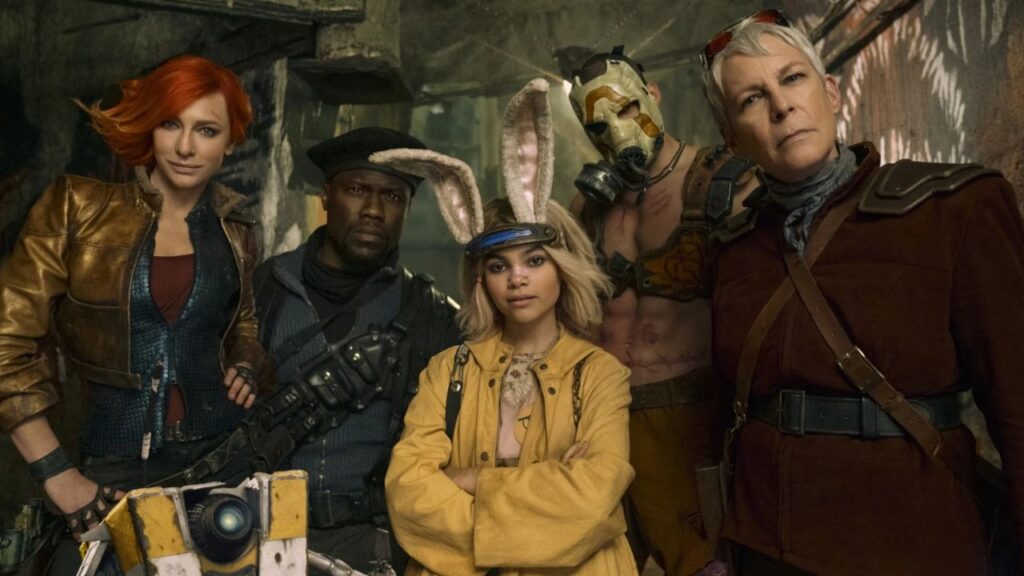
Not all adaptations reach the same creative heights as Joker. Some have been heavily criticized for failing to capture the spirit of the original, why others have suffered from poor execution (see: almost every Netflix anime adaptation).
Just take a look at Borderlands. The 2024 science fiction action comedy film faced intense criticism from the Borderlands fanbase for not capturing the video game’s charm. Heck, it was barely competent enough to entertain those who had never played the game. And then there is the 2007 adaptation of The Golden Compass, which was a very faithful adaptation of Philip Pullman’s novel, but its poor pacing and lack of character depth failed to connect with audiences.
When it comes to adaptations, being slavishly faithful is sometimes just as bad as going off on a creative tangent. It really is quite the fine line.
Importance of Originality in Adaptations
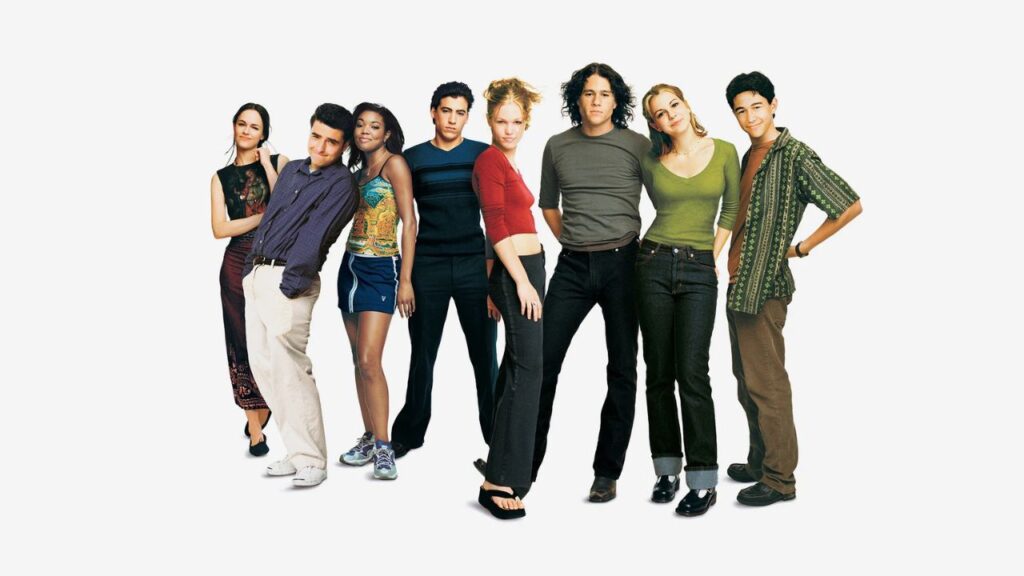
While some adaptations stumble, others succeed by finding a balance between faithfulness and originality.
Steven Spielberg’s Jurassic Park stayed true to the original premise of Michael Crichton’s novel — a theme park of genetically engineered dinosaurs that descends into chaos – but he wasn’t afraid to change up the story to suit the cinematic medium. Spielberg’s use of groundbreaking special effects and a thrilling story pace, however, helped make the film an iconic piece of cinema.
There’s also 10 Things I Hate About You, which offers a 1990s high school twist on William Shakespeare’s The Taming of the Shrew. The film became a beloved adaptation, thanks to the way the filmmakers found parallels between Shakespeare’s original work and the modern day high school experience.
Balancing Faithfulness and Creativity
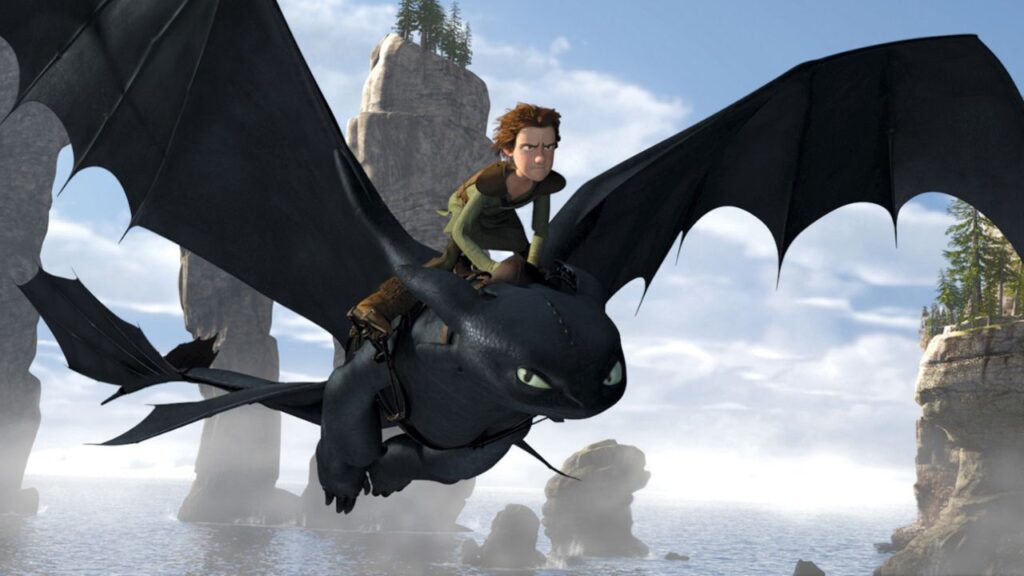
Staying faithful to the source leverages the connection fans have for the original source — but leaves the film predictable. Too much creative freedom, though, risks alienating its core audience.
Alfonso Cuarón’s Harry Potter and the Prisoner of Azkaban is a good example of achieving that delicate balance. While the first two films closely followed the books, Cuarón brought a distinctive visual identity and a fresh perspective, which resonated with fans and critics alike.
The How To Train Your Dragon movies also found success by taking inspiration from the books but crafting their own stories. The well-developed characters, stunning visuals, and emotional depth endeared audiences and drew praise from the original author as well.
Managing Fan Expectations
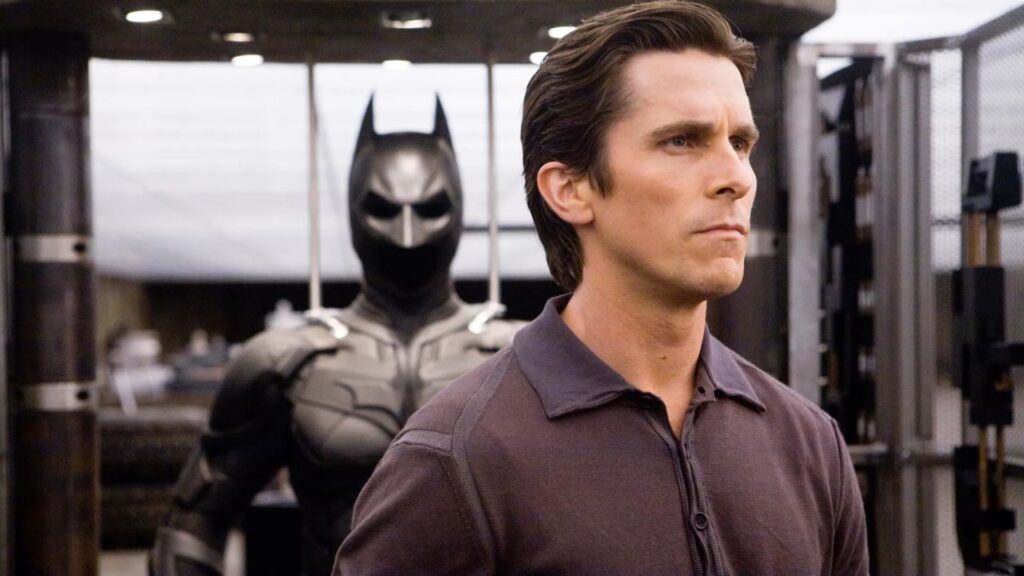
Another crucial factor in the success of any adaptation is managing fan expectations. By adapting established source material, creators face the prospect of satisfying fans who expect a direct replication of the original. Different mediums, however, have their own limitations and possibilities.
Take Christopher Nolan’s The Dark Knight Trilogy. Nolan’s films grounded Batman in a more realistic world, removing many fantastical elements of the comics. Still, the films succeeded in telling their own story while maintaining the core parts of the Batman character. That shift in medium often requires certain delicate changes, and filmmakers should be allowed to take creative liberties, as long as they respect the essentials of the original source material.
The Future of Adaptations
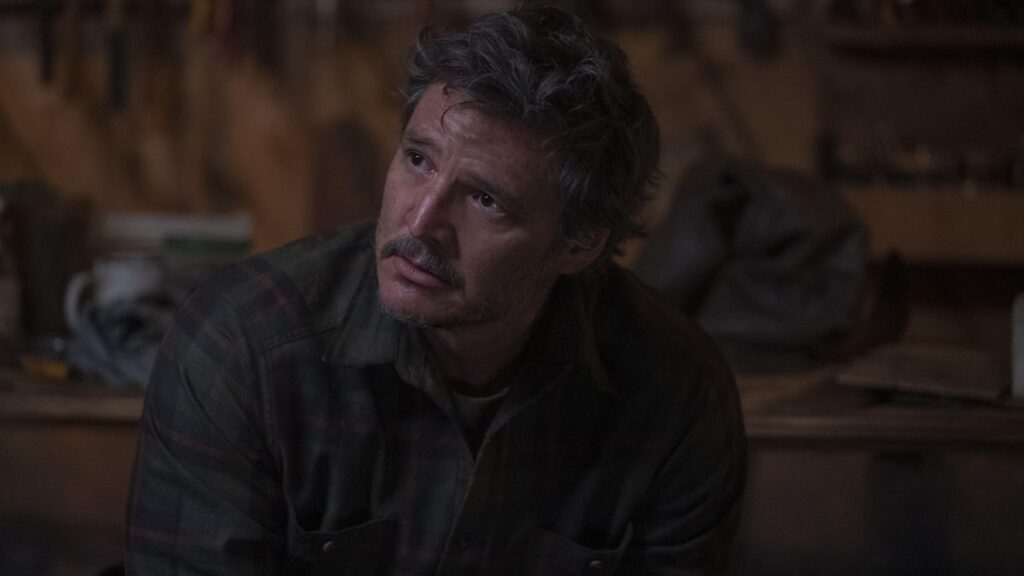
With the rise of streaming services, we are starting to see more adaptations getting closer to the mark. Amazon Prime has Fallout, while other beloved franchises, such as Percy Jackson, are getting a second chance with consultation from the original author.
HBO’s The Last of Us has also illustrated that audiences are open to adaptations that aren’t strictly one-for-one translations, so long as they remain true to the original premise and message of the source material.
Ultimately, the success of an adaptation involves a delicate balance of understanding the source material and taking creative risks. Whether it’s a faithful recreation, like Peter Jackson’s The Lord of the Rings, or a bolder adaptation, such as Christopher Nolan’s The Dark Knight Trilogy, the best ones respect their sources while offering a new viewpoint.
As we move forward, both creators and fans should embrace the creative possibilities of stories being made for different mediums. After all, a well-crafted adaptation that respects the themes of the original might even transcend the quality of the source material itself.





